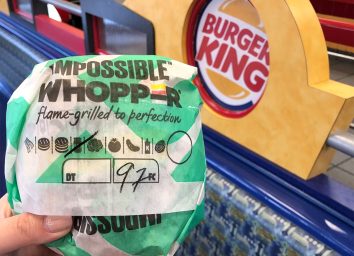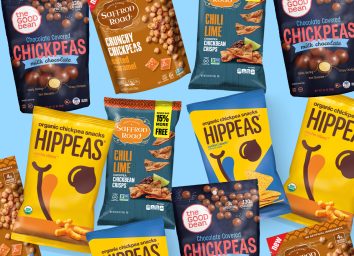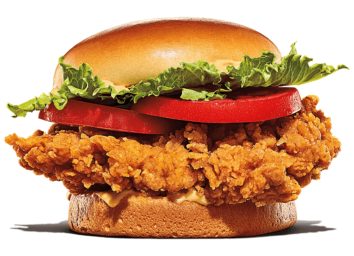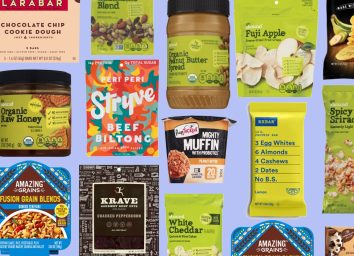The Worst Food Storage Mistake You're Making Right Now, According to Experts
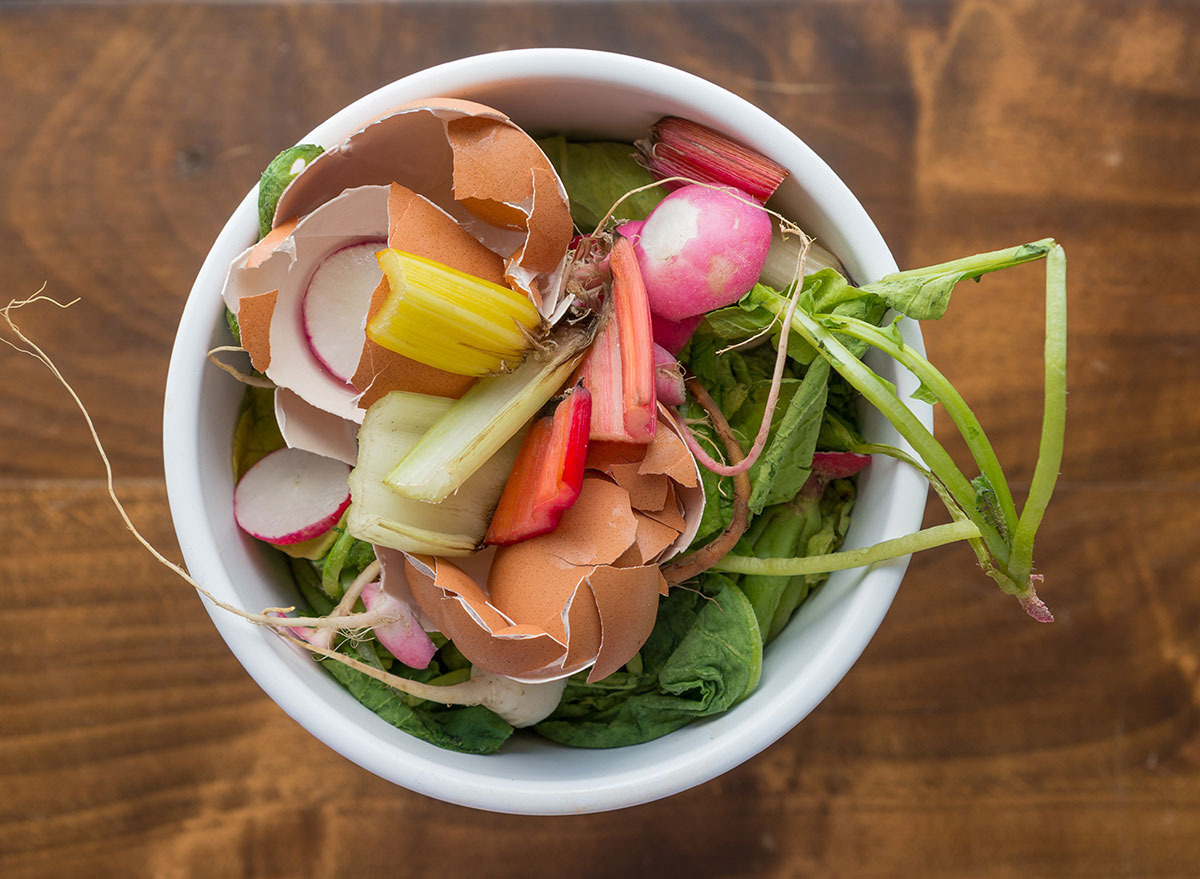
While the quarantine may be reducing the concentration of carbon dioxide and other pollutants in the air, there is one thing that we could still collectively improve on, and that's food waste.
In honor of Earth Day, we wanted to address this issue as well as share some ways you can incorporate food scraps into a wholesome meal.
Below, Nasser Yazdani, DVM, MPH, and assistant teaching professor in the Department of Public Health at the University of Missouri, and Chef Joel Gamoran, host of A&E's hit series Scraps, weigh in on the issue of food waste in the United States. Follow their best tips for how you can reduce food waste in your home.
How big of a problem is food waste in the U.S.?
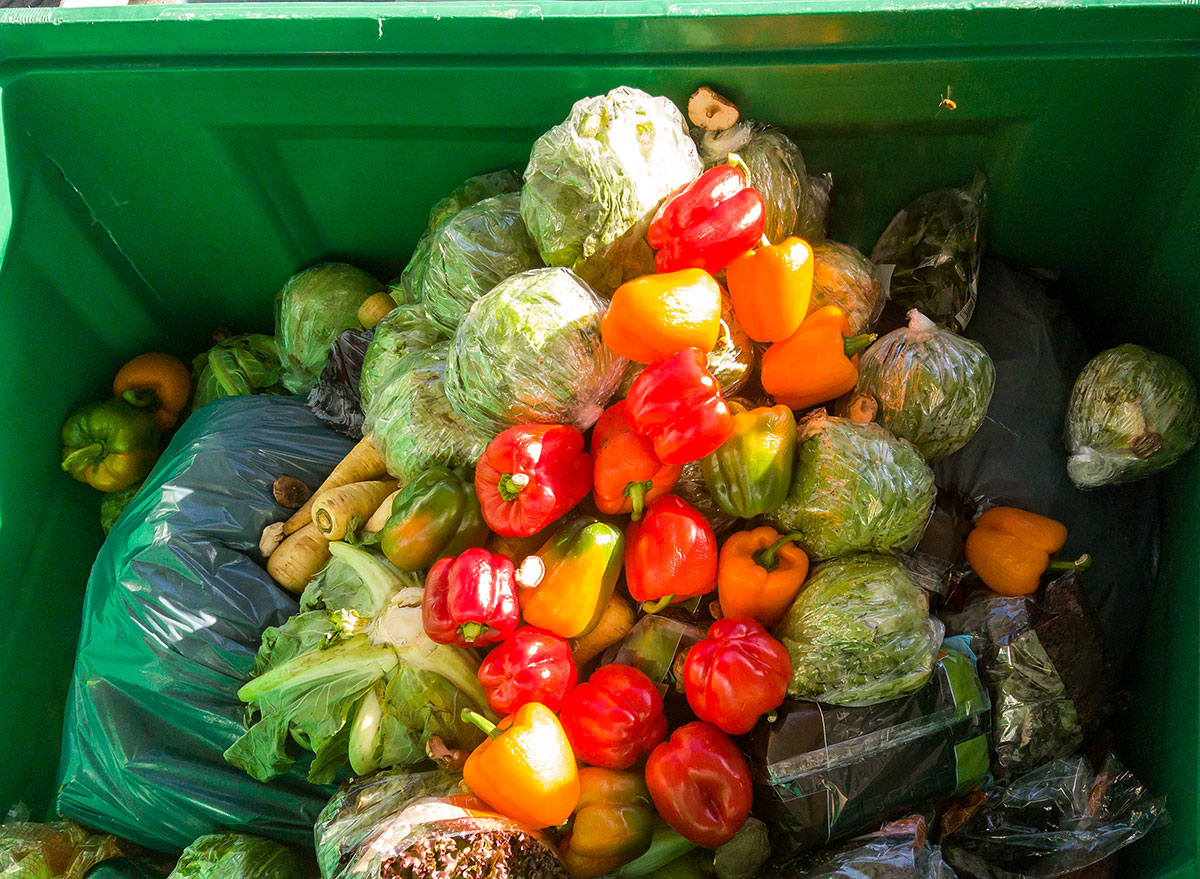
Nasser Yazdani: "Almost one-third of the food produced in the U.S. goes to waste. This breaks down to roughly one pound of food per day per person. Meanwhile, one in six Americans goes to bed hungry.
This waste is the result of many factors. Some natural spoilage occurs at every stage of the food supply chain, resulting in waste. Once food makes it to grocery stores, produce that contains visual imperfections often gets thrown away before it is put up for sale. Thanks to food production subsidies from the American government, food is also cheaper than it is elsewhere in the world.
Between this and larger portion sizes in the U.S., people end up buying too much food at once. At home, if food isn't cooked or stored properly, it ends up spoiling before it can be consumed, contributing to further food waste.
In contrast to food waste in the U.S., there are issues of food deserts. These are areas, usually urban or suburban, that often lack sufficient fresh produce and access to affordable, healthy whole foods. Excesses and inefficiencies in American food production not only contribute to this, but it also has a significant environmental toll. Wasted food is the largest occupant of space in American landfills, and as food waste rots, it releases methane, a greenhouse gas that is harmful to the environment."
Even with many restaurants closed right now, how might food waste still be a major problem?
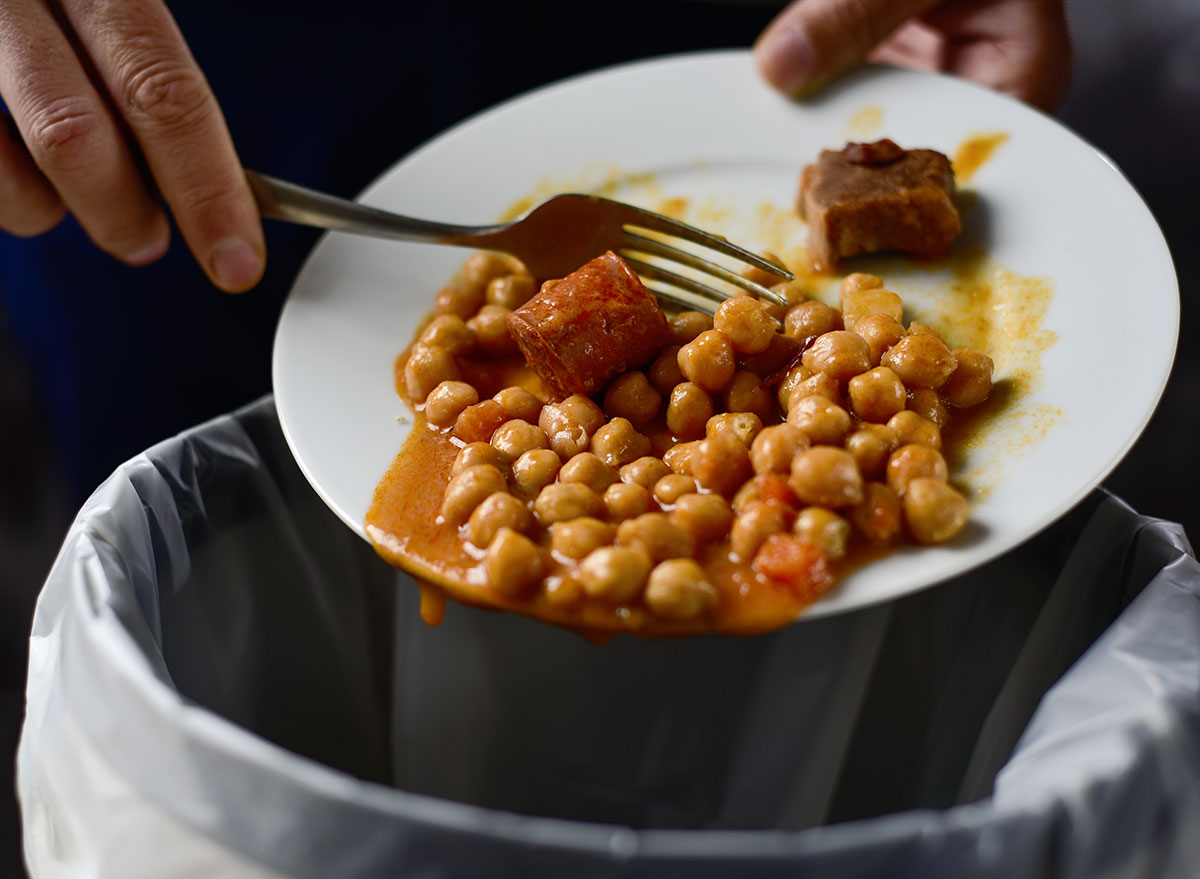
Yazdani: "Many restaurants didn't anticipate shutting down entirely or slowing business down in compliance with many shelter-in-place ordinances. Much of the food they had on hand was likely wasted if they were unable to sell it before quarantine took effect.
Additionally, with more people eating exclusively at home, they might miscalculate how much food they actually need or will eat, which can contribute to waste through spoiled food or uneaten leftovers."
What tips do you have for minimizing food waste during the pandemic?
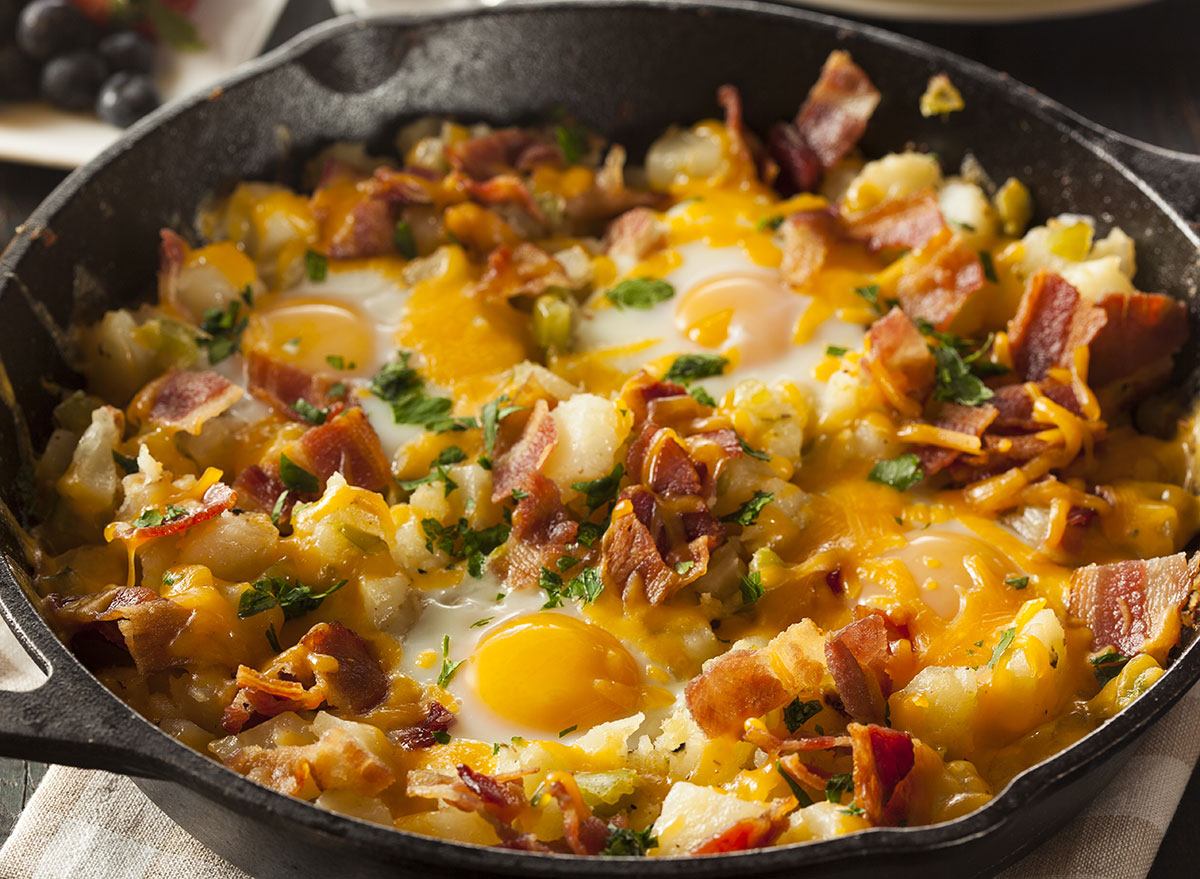
Joel Gamoran: "First, use every last bit of a single ingredient, meaning stretch them to the max. If you roast a chicken, use the bones to make stock, which makes for a killer soup for later on. If you peel a carrot, you can quickly pickle the peels and layer it on a sandwich. I'm so grateful for all of the U.S. farmers—they are ensuring that you and I have something to cook at home.
Farmers are committed to helping keep our grocery shelves well-stocked, and we can do our part to make an immediate impact, too. I am excited to announce, U.S. Soy and I are launching a new series called Stretched (how to make more with less) on my Instagram account! The series helps inspire people with how to take a single ingredient and squeeze every last drop out of it."
Yazdani: "Try to purchase only as much food as needed for one or two weeks at a time [and] cook proteins sooner rather than later to minimize the risk of cross-contamination and to maximize food longevity."
Gamoran: "Repurpose leftovers. There is no reason not to use last night's roasted potatoes in a fantastic morning hash. Or how about breaking up that meatloaf and throwing it into fried rice? The best meals I have had are impromptu and off-the-cuff like this. Trying new combos almost always works and will become a favorite."
STAY INFORMED: Sign up for our newsletter to get the latest coronavirus foods news delivered straight to your inbox.
How can you be sure leftovers are safe to consume?
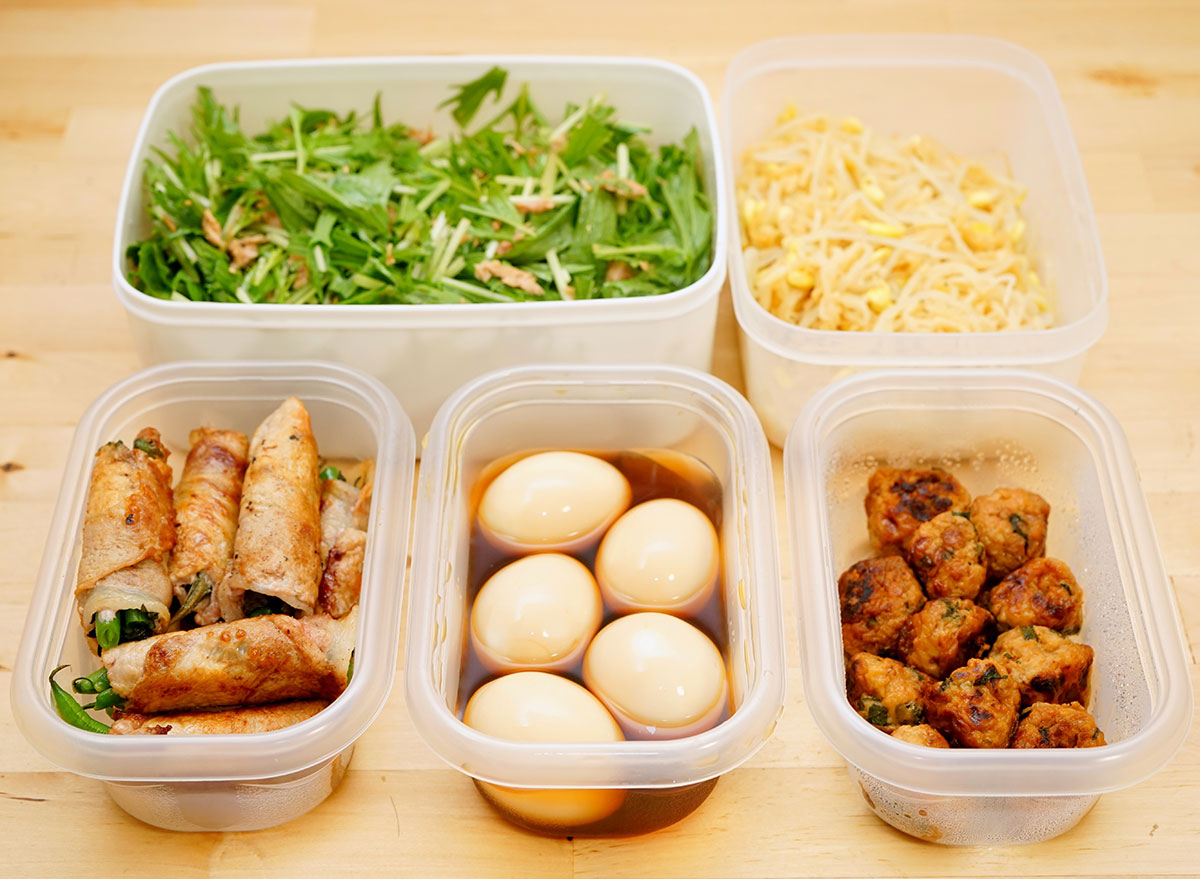
Yazdani provides a few tips for following basic food safety guidelines while reusing food scraps:
- When cooking proteins, make sure the internal temperature reaches at least 165 degrees Fahrenheit for 15 seconds before serving.
- Leftovers can be refrigerated for up to one week if kept at temperatures below 41 degrees Fahrenheit.
- Leftovers may only be reheated once, so only reheat the portion to be eaten at the time. Reheat up to 165 degrees Fahrenheit.
- If there is more food than can be consumed in a week, it can be frozen. Food can be frozen indefinitely, but make sure to label it with the date and contents before putting in the freezer.
- Bruises and other visual imperfections on fresh produce are not necessarily a safety issue. Instead, remove the damaged part and consume the rest.
- Remember, expiration dates are voluntarily added by manufacturers and represent their best guess about the product at peak quality. They do not determine when a product becomes potentially hazardous to human health.
- If there are issues finishing fresh produce before it spoils, an alternative is canned food.
Does placement in the fridge matter when it comes to food storage?
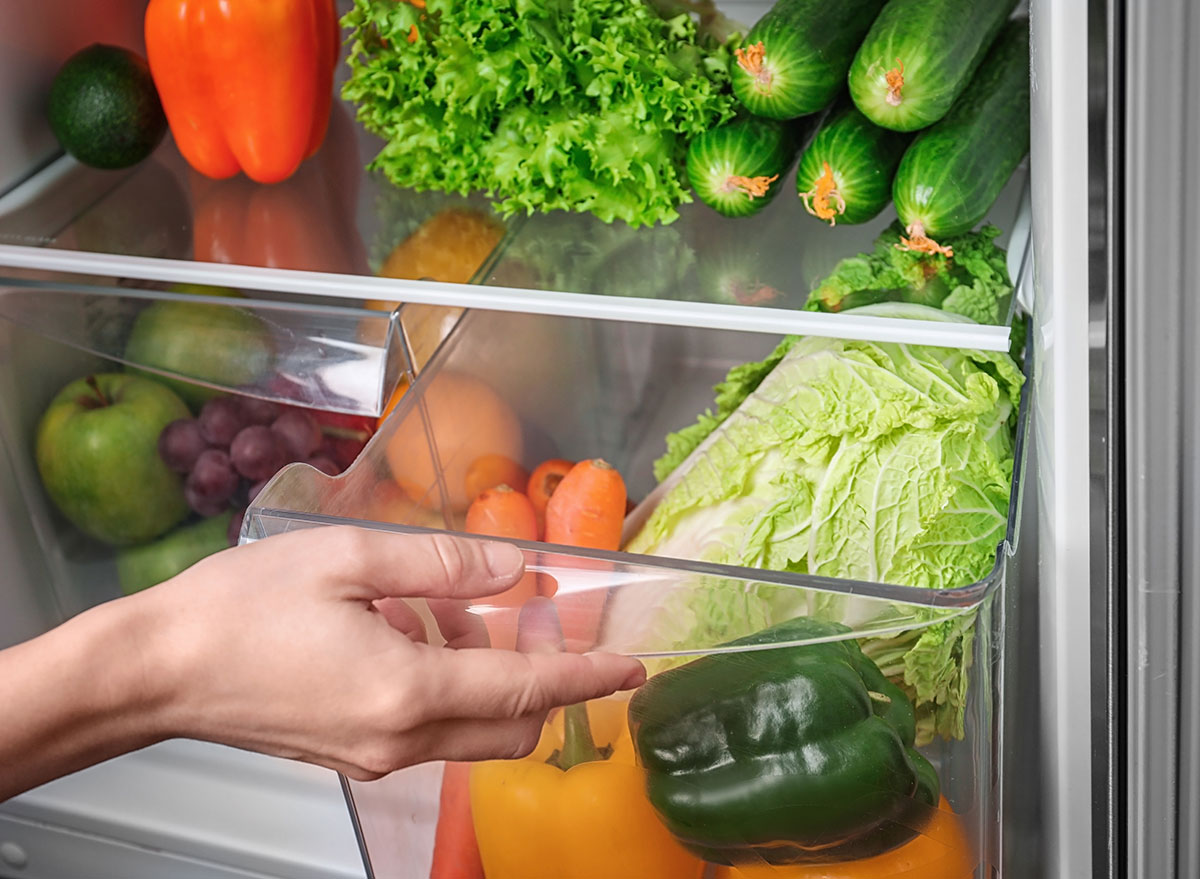
Gamoran: "Yes, placement in your fridge does matter. The general rule of thumb, the closer any food item is to the door, the less time it will stay fresh. Let's head over to my pantry. Having a few key ingredients can mean fewer trips to the grocery store. Soybean oil is a pantry staple for me. An oil that is so versatile allows me to whip up meals from ingredients that many people view as food scraps, such as a mushroom stem risotto to onion skin fried pickles—yum!"
What can you make with kale stems and carrot tops?

Gamoran: "Try making a salsa verde. In a blender, whiz up garlic, anchovy, lemon, a pinch of chili flake, carrots tops and kale stems. Then add soybean oil, and season to taste. This is incredible on pretty much any grilled meat and fish."
What can you make with peach pits?

Gamoran: "Simple! Soak your peach pits in any liquor and let sit for at least two weeks. Use that liquor as a new base for cocktails—the liquor will taste almondy and delicious!"
What can you make with chicken bones and shrimp shells?
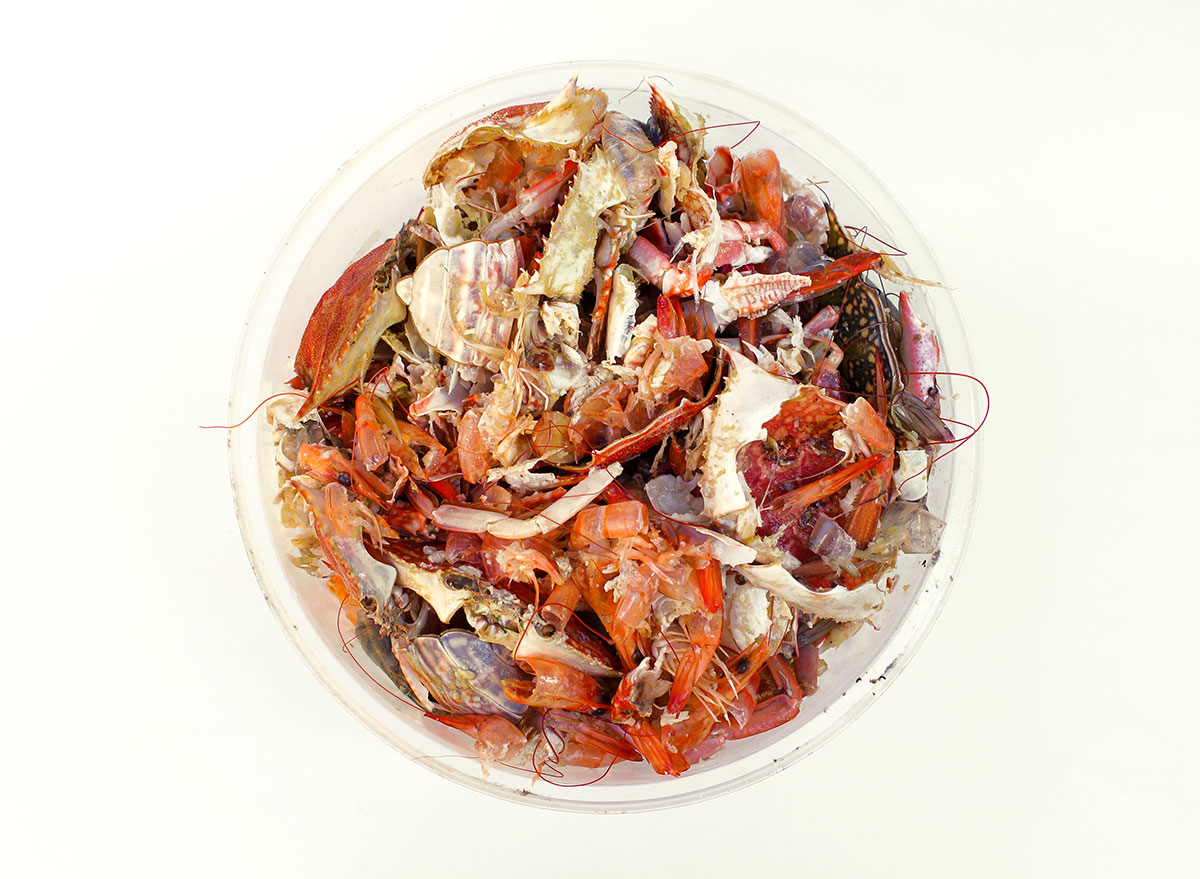
Gamoran: "Cover the bones or shells with water and bring to a boil. Turn down the temperature to a simmer. For chicken, simmer about three hours, and for shrimp simmer for 45 minutes. Strain out the bones or shells and you have a homemade stock to use in soups, sauces…whatever you like!"
What can you make with banana peels?
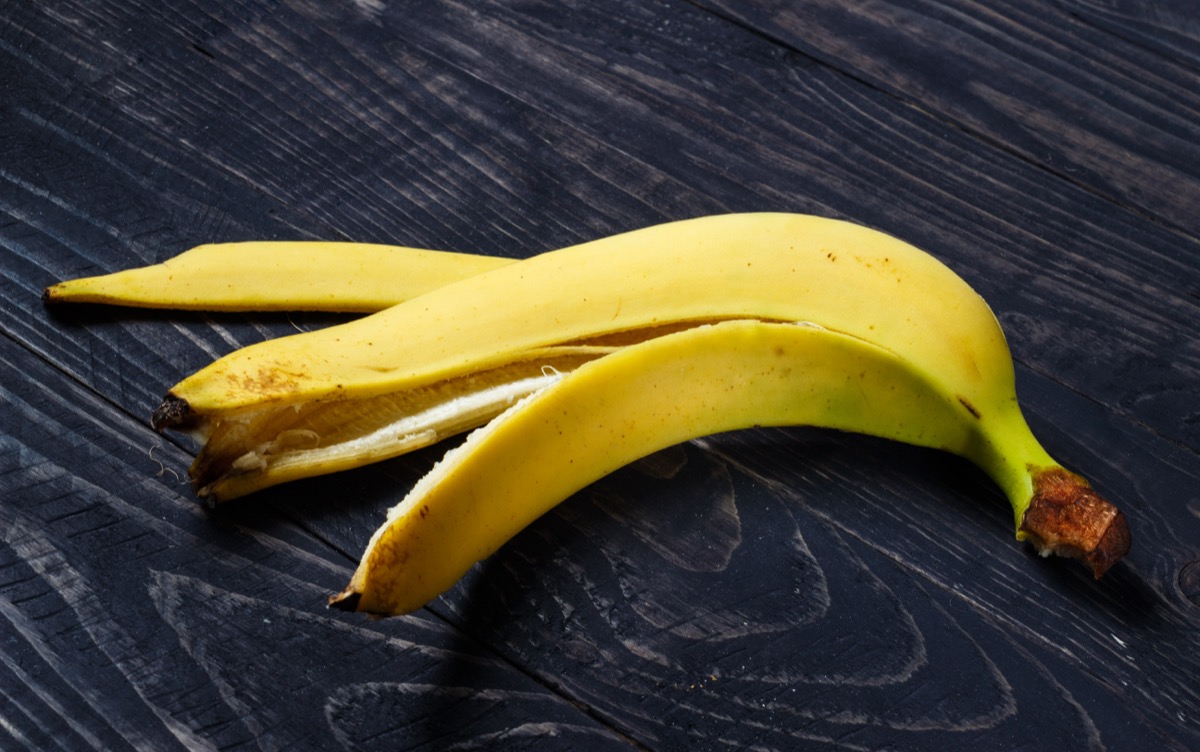
Gamoran: "Make a caramel sauce or even an ice cream base, and soak leftover banana peels in that mixture for two hours. The flavor turns fruity, jammy, and almost plum-like. I love it!"
What can you make with garlic skins?

Gamoran: "Try taking a handful of garlic skins and whizzing them up in a food processor with a 1/2 cup of salt. Then run through a fine-mesh sieve. Sieve the salt, leaving the garlic skins behind, and you get some pretty incredible garlic-infused salt."
What can you make with Parmesan rinds?
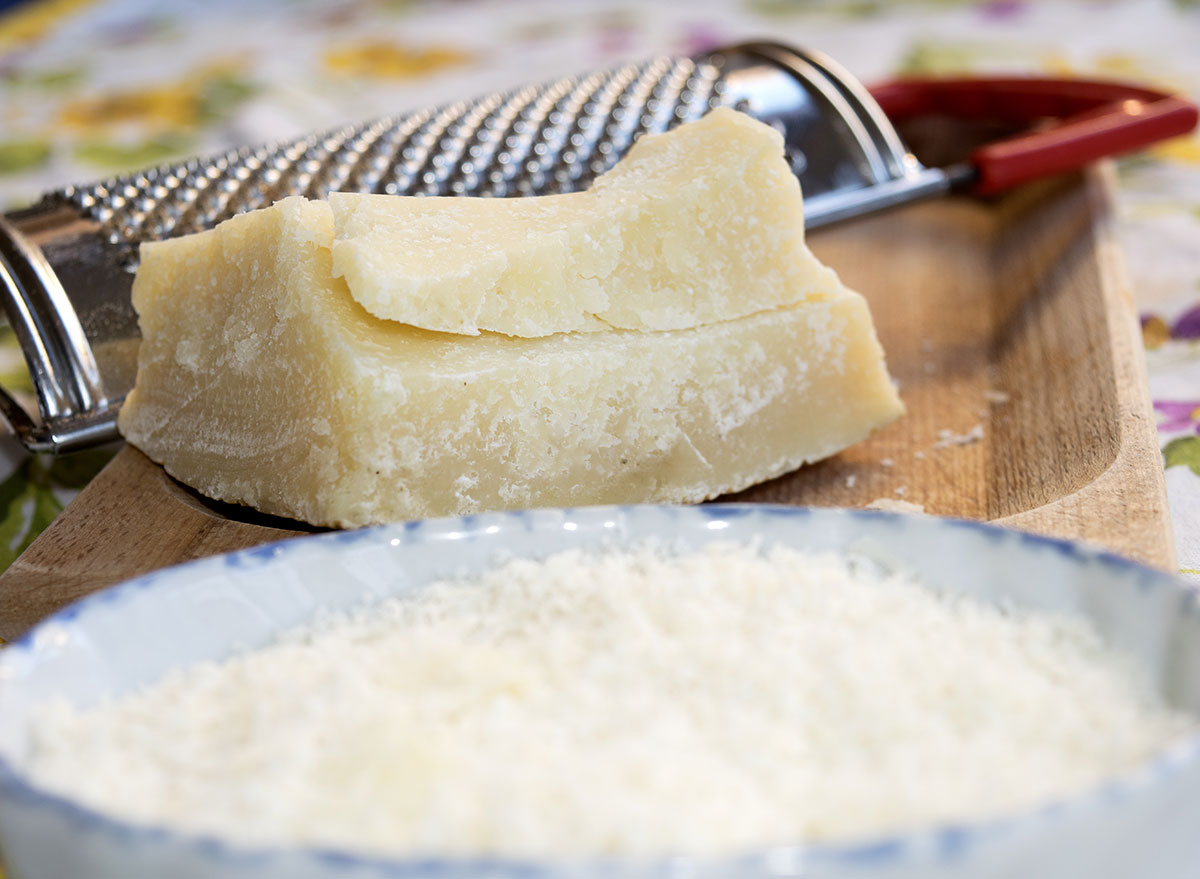
Gamoran: "I toss these in simmering tomato sauces or when I cook beans and pasta I toss it in the water. When it boils, the water gets salty and rich from the parm rinds. This is super nice!"
What can you make with a corn cob that's been stripped of corn?
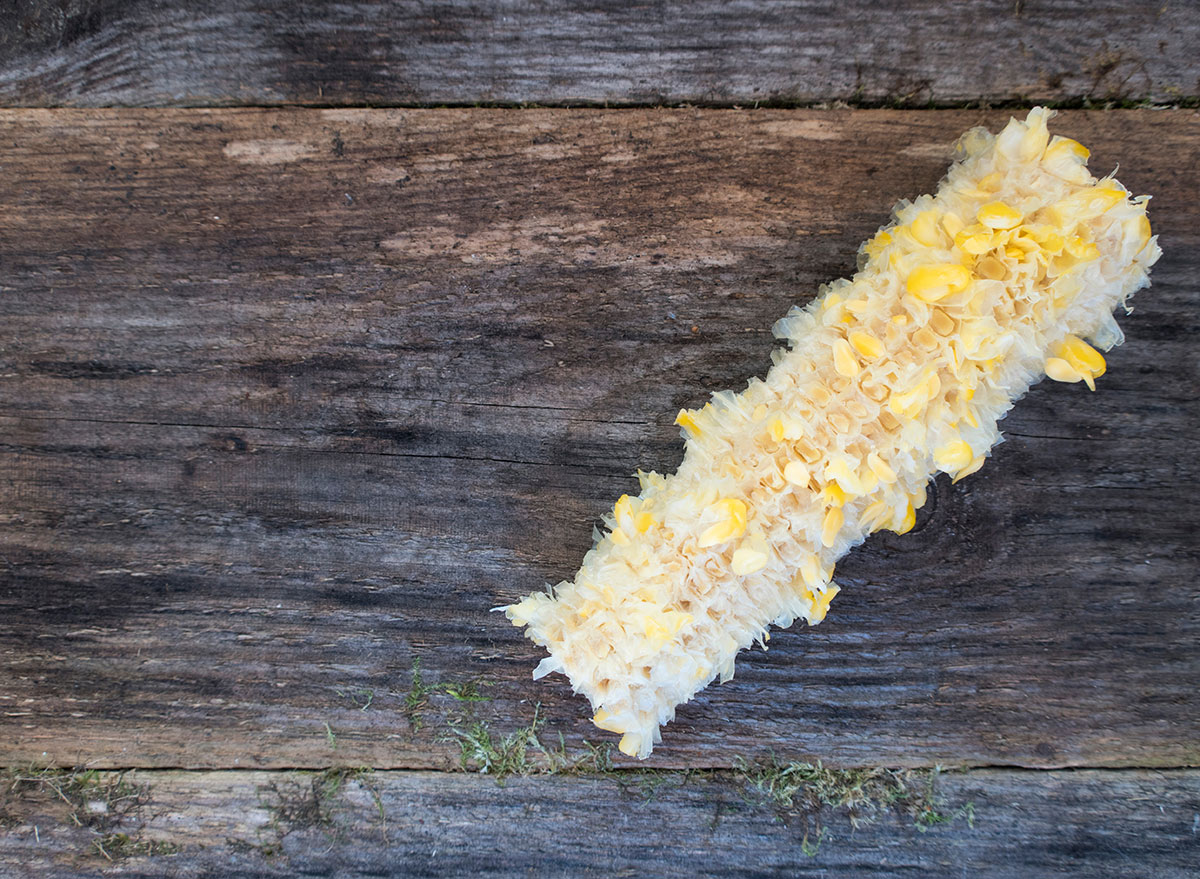
Gamoran: "Melt butter, or take soybean oil, and soak corn cobs in it for two hours. You are left with cooking fat that hints of sweetcorn. I love to sautée shellfish in this or drizzle it on baked potatoes."
READ MORE: 17 Must-Have Groceries You (Surprisingly) Don't Need to Refrigerate
